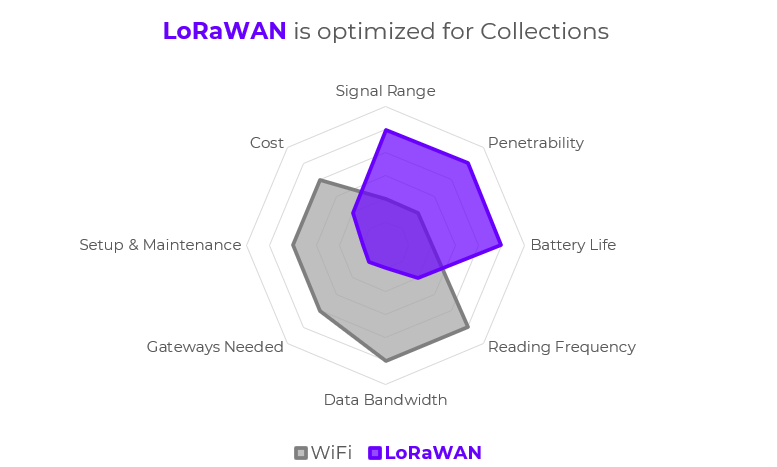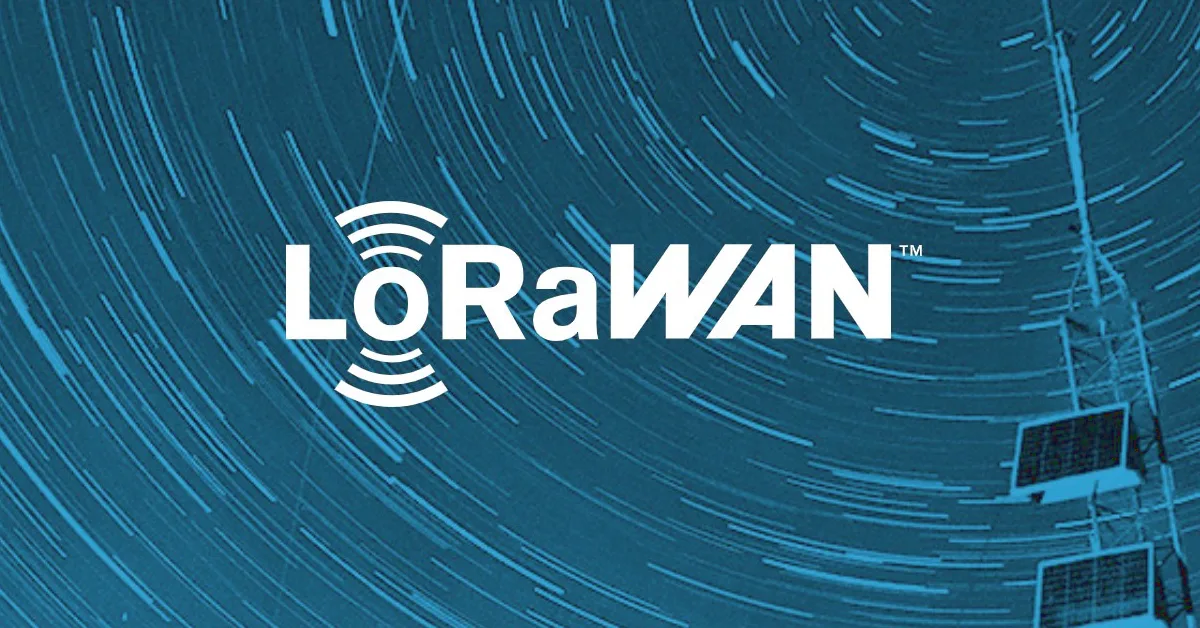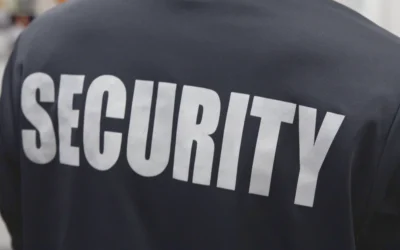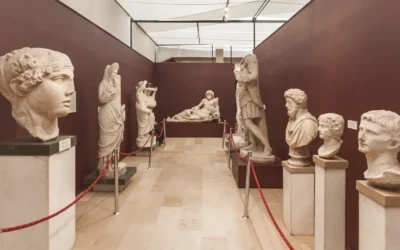WiFi is a Problem
We’ve laid out a pretty good case for why WiFi isn’t a great solution for conservation-focused environmental monitoring. If you haven’t got a chance to read the article yet, here’s the summary.
Collection spaces are large and WiFi coverage is difficult.
No surprise there, but what’s the solution for collections that want to remove all the hassle from their environmental monitoring and use wireless?
At Conserv, we start by listening to our customers and then choosing technology that fits their needs. You might get the impression that other companies are choosing the technology and then trying to figure out how to sell it. That’s common, and it’s backwards.
Because our customers overwhelmingly want wireless sensors and they struggle with WiFi coverage, we’re delivering a LoRaWAN solution. This article will talk about LoRaWAN – what is it and how does it address challenges in conservation.
What is LoRaWAN?
LoRaWAN, which stands for Long Range Wide Area Network, is a wireless technology that excels at sending data over long distances using very little power. It’s part of a larger group of wireless technologies called LPWAN (that is, Low Power Wide Area Network).
In our WiFi blog post we noted that the two main problems with WiFi are the short range of the coverage and the high power demands on the sensor devices. LPWAN is the complete opposite.
With LoRaWAN we can immediately solve two problems.
- We can cover large spaces without installing new access points, new wiring, and other expensive infrastructure.
- And we can run sensors on batteries for an extended period of time, in our case 30+ months.
Most collections don’t have solid WiFi coverage, but this doesn’t mean that they can’t have solid wireless coverage. We’ve found that on average collections are spending 45 minutes a month manually collecting and organizing data for every sensor. Automated data collection using wireless sensors can save even a small museum $1,000 a year. This is why our customers are asking for wireless monitoring tools.
So if LoRaWAN has great coverage and low power requirements, why did we ever need WiFi in the first place?
It’s All About Trade-offs
Nothing comes for free, and the main constraint in LoRaWAN is data speeds. While WiFi can handle streaming Netflix, LoRaWAN can handle sending much, much less, and that totally works for our conservation use case.
Collections need basic measurements for temperature, relative humidity, lux, shock, and air quality. WiFi is total overkill for this use case. So with LoRaWAN, we trade off some data speed to get great coverage and wireless sensors that run on batteries for 30+ months – it’s a pretty good deal.

Spider chart showing the strengths and weaknesses of WiFi versus LoRaWAN technology. While you can expect more bandwidth at the expense of the number of gateways, maintenance, and running costs from WiFi, LoRaWAN will give you better signal, penetrability, and battery life. Perfect for the needs of collections monitoring!
Better Coverage
In our testing, sub-Ghz wireless technology such as LoRaWAN does an excellent job penetrating difficult buildings – large buildings or buildings with a lot of steel and concrete. This means more coverage with less equipment.

With LoRaWAN powering your environmental monitoring sensors, each gateway will give you an extensive range – even with basements, steel and concrete walls, and several rooms across several floors.
We are running test sites where the LoRaWAN gateway installed in a wiring closet in the basement enables readings from sensors four floors up on the other side of the building. This is amazing considering WiFi can barely make it from one side of your house to the other.
Combine better coverage with LoRaWAN’s excellent sensitivity (meaning even weak signals can be received) and you have a winning combination for covering difficult structures effectively.
LoRaWAN is also well suited for outdoor deployments. If you have an entire historic site or campus to cover, we can help you get that done for less than you might think!
Broad Support
Technologies live and die by their ecosystem. How many vendors support it? How easy is it to find devices, gateways, etc? What sort of software is available to make sense of my readings? This is another area where LoRaWAN excels.
LoRaWAN is guided by the LoRa Alliance, a non-profit consisting of over 500 companies dedicated to the development of the technology. While many LoRaWAN networks are privately run in support of individual projects, there are also commercial and open network providers that eliminate the need to run a LoRaWAN network ourselves, including The Things Network (worldwide), MachineQ (a Comcast company in the US), KPN and Orange (European coverage), and many others around the globe.
There are hundreds of vendors in the LoRaWAN space (including us!). This means that when conservation professionals come to us with a problem, we have many options for finding the right pieces to put together a solution.
Today, we rely on the world’s largest component and chip vendors to build out our own sensors. In particular, we work with products from Semtech (the company behind LoRaWAN), Murata, Texas Instruments, and others. In the future, we can take advantage of the entire universe of ready-made LoRaWAN devices to serve your needs.
We’re already exploring what’s next in areas including leak detection, pest management, and many others. If you have a measurement or alerting problem in your collection, we would love to hear from you.
Conserv is on a mission to bring better care to more of the world’s 450,000+ art and cultural collections.
If you have any questions about environmental monitoring, integrated pest management, or just want to talk about preventative conservation, please reach out to us! Don’t forget to check out our blog or join our community of collections care professionals where you can discuss hot topics, connect with other conservators or even take a course to get familiar with the Conserv platform.




